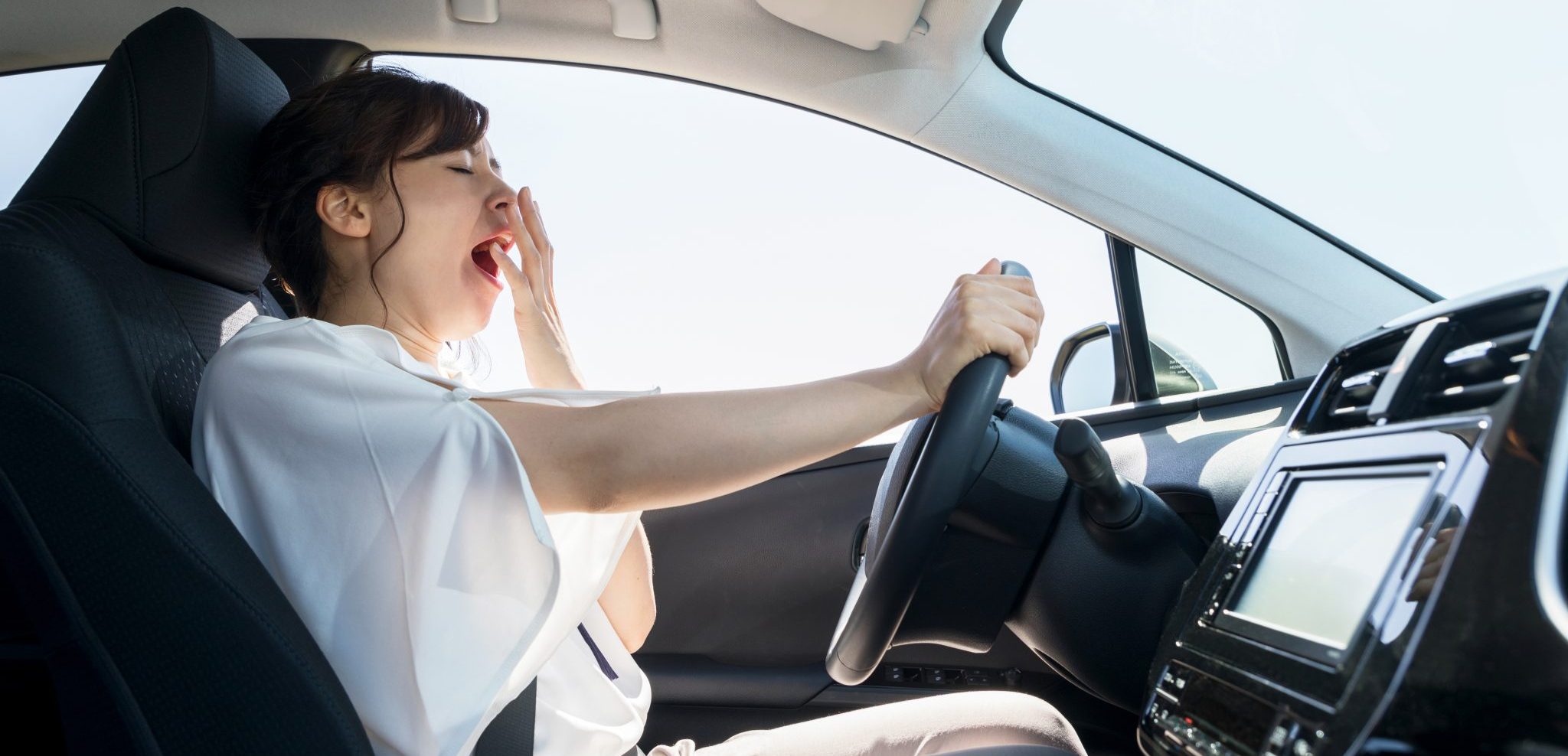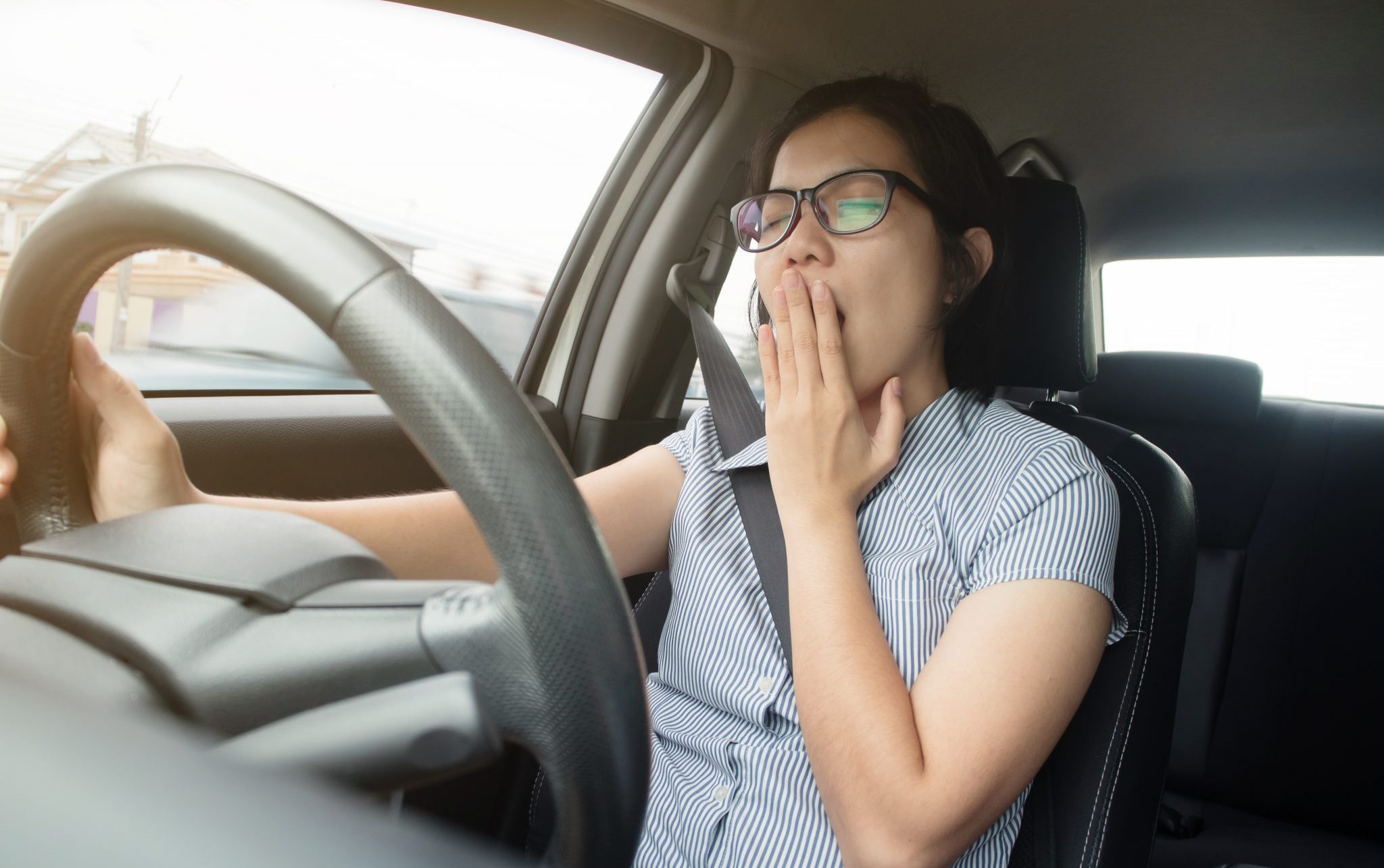Falling asleep while driving isn’t just an aggravation to be brushed aside or a challenge to be powered through – it’s a very risky territory. Technically, it is as dangerous as driving under the influence. This unintentional mistake is the reason for about 400,000 accidents and 1,000 deaths annually only in the States. In fact, crash investigators claim that the statistics could be even more gruesome if it was easier to determine the reason for every single deadly road tragedy.
Nodding off while driving impact your ability to react and focus, decision making and depth perception.
Stay vigilant for signs of drowsiness:
- Constant yawning, heavy eyelids
- Trouble focusing
- Wondering thoughts
- Missing exists
- Crossing over the line
- Hitting rumble strips
Extreme tiredness gets you into the state of micro-sleep – when for a few seconds you are unconscious with your eyes open. This is not a “delayed reaction” time – this is a “NO reaction” time. Some people lose consciousness for up to 6 seconds – that’s more than 400 hundred feet down the road at 55-70 miles per hour speed. Just imagine how dangerous it is!
How to avoid falling asleep while driving
- Try to stay away from operating a vehicle between midnight and 6 am. This is when human body’s natural clock is set for Zzz time. Also, that’s when most crashes occur.
- If you have a long daily commute or you’re making a living by sitting behind the wheel, be serious about consistently getting adequate night rest.
- Avoid alcohol – even a small amount interferes with sleepiness and increases impairment.
- If you take medications that cause drowsiness – better avoid driving at all. Use carpool options (UBER, Lyft or public transportation) while taking those meds.
- Plan ahead – get at least 8 hours of shuteye time before a long road trip. Put a small ice-cooler in your trunk. Gently rub ice-cubes on your temples and wrists when you start snoozing. This will give you a boost of energy.
- Drink beverages that contain caffeine. They could improve alertness. But, don’t forget to sip on water as well. Dehydration magnifies tiredness.
- Once start feeling groggy – crank the air-conditioner, roll down the windows, turn up the music and sing along.
- Statistically, snoozing behind the wheel happens to single drivers. If you ask a friend or a relative to join you, then you two can switch each other during the trip – there’s safety in numbers.
Drive alert and stay unhurt
All the tactics and tricks that you could use to stay awake are only somewhat effective. As guilty of throwing caution to the wind myself, let me give you a friendly advice – don’t risk life and limb! Pull over the second you feel like sleeping behind the wheel. The life of others also depends on this very simple act.
Find a safe location: a gas station with an attendant or a designated rest stop and dose off for 20-25 minutes. When wake up – don’t go back on the road right that second. Chances are you still feel woozy: get outside, stretch a little, move around, do 7-10 squats – even short physical activity will increase blood flow to the brain. A mid-drive nap puts you on the safe side.
So many of us underestimate the effects of sleeping while driving. We have this delusion that we can control our brain by telling it to stay awake. However, if your brain has to switch off, there’s no way you are capable of convincing it otherwise. If you feel exhausted, even 15 minutes behind the wheel could cause unsalvageable damage – I don’t mean just the car. Don’t play with the fire by thinking that you could go a few miles more to the destination. Listen to your body. This might sound like a cliché, but it’s better to stay safe and sound than arrive on time.





